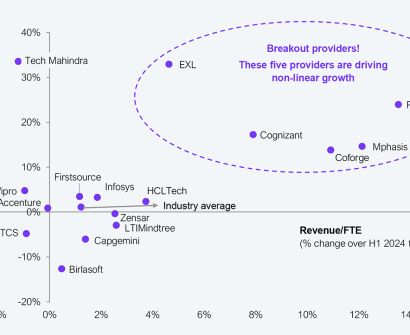Currently Empty: $0

The global IT sector is currently undergoing a significant phase of correction, marked by widespread layoffs and restructuring across major technology firms. What began as a reaction to global economic uncertainty has now triggered a ripple effect that is impacting Indian IT hubs such as Bengaluru, Chennai, and Pune—and increasingly, destinations like Trivandrum and Kochi.
The Layoff Landscape
Since late 2024, several multinational IT and SaaS companies have initiated large-scale layoffs. The reasons vary from reduced client spending to a shift toward leaner, AI-enabled service models. Many companies are also facing the consequences of over-hiring during the post-pandemic digital acceleration. This recalibration is not just affecting global giants but also mid-sized service providers and startups that are now downsizing or freezing new hires.
Impact on Indian IT Hubs
In Bengaluru, Chennai, and Pune—cities that house the majority of India’s technology workforce—the effects have been particularly sharp. Mid-level and senior professionals are facing redundancies, and onboarding for freshers has slowed significantly. Many companies are postponing or cancelling planned expansions, while contract roles and support positions are being phased out.
The Ripple Effect in Kerala
In Kerala, while the impact is less pronounced, it is being felt gradually in tech parks such as Technopark in Trivandrum and Infopark in Kochi. Startup hiring is slowing down, and several service companies are experiencing delays in project approvals, especially those involving foreign clients. The competition for available roles has intensified, particularly in quality assurance, support, and project coordination functions.
What’s Causing the Slowdown?
Several factors are driving this industry-wide shakeup. One is the global realignment of technology priorities, with clients consolidating vendors and focusing on cost efficiencies. The rapid adoption of automation and AI has also made certain job roles redundant, especially in backend operations. Additionally, geopolitical factors, such as cross-border regulatory pressures and visa restrictions, are delaying or downsizing offshore projects. Many companies are also addressing overcapacity issues from their aggressive hiring in 2021–2023.
When Will It Recover?
Industry experts anticipate a gradual recovery by mid to late 2026, driven by renewed demand for AI, cybersecurity, cloud, and analytics roles. Companies are expected to restart delayed digital transformation projects as economic conditions stabilize. For Kerala, this could be an opportunity, as IT parks here offer lower operational costs, stable talent, and high retention rates—making them attractive for firms seeking alternatives to saturated and expensive metros.
How IT Professionals Can Prepare
Professionals should focus on upskilling and reskilling in high-demand areas such as AI/ML, DevOps, cloud computing, and cybersecurity. Networking through platforms like LinkedIn, Techies Club, and local tech meetups can open new doors. Exploring freelance and global remote work opportunities is also a smart strategy during hiring freezes. Financial discipline, including building emergency savings, is equally important during uncertain times.
How Companies Should Respond
Rather than mass layoffs, companies should aim to retain core talent and invest in reskilling. Strategic workforce optimization, not indiscriminate cost-cutting, will better position firms for recovery. Businesses should also look at diversifying their client base and entering new markets to reduce dependency on a single region or industry vertical.
This slowdown is not the collapse of the IT industry but a necessary recalibration. For both companies and professionals, this is a moment to reflect, adapt, and build resilience. Kerala’s IT ecosystem—anchored by hubs like Technopark, Infopark, and Cyberpark—has the potential to emerge stronger by attracting new projects and talent. The current phase may be challenging, but it also opens the door for long-term growth, innovation, and redefined success in the Indian IT landscape.
Source: GWFM Research & Study








